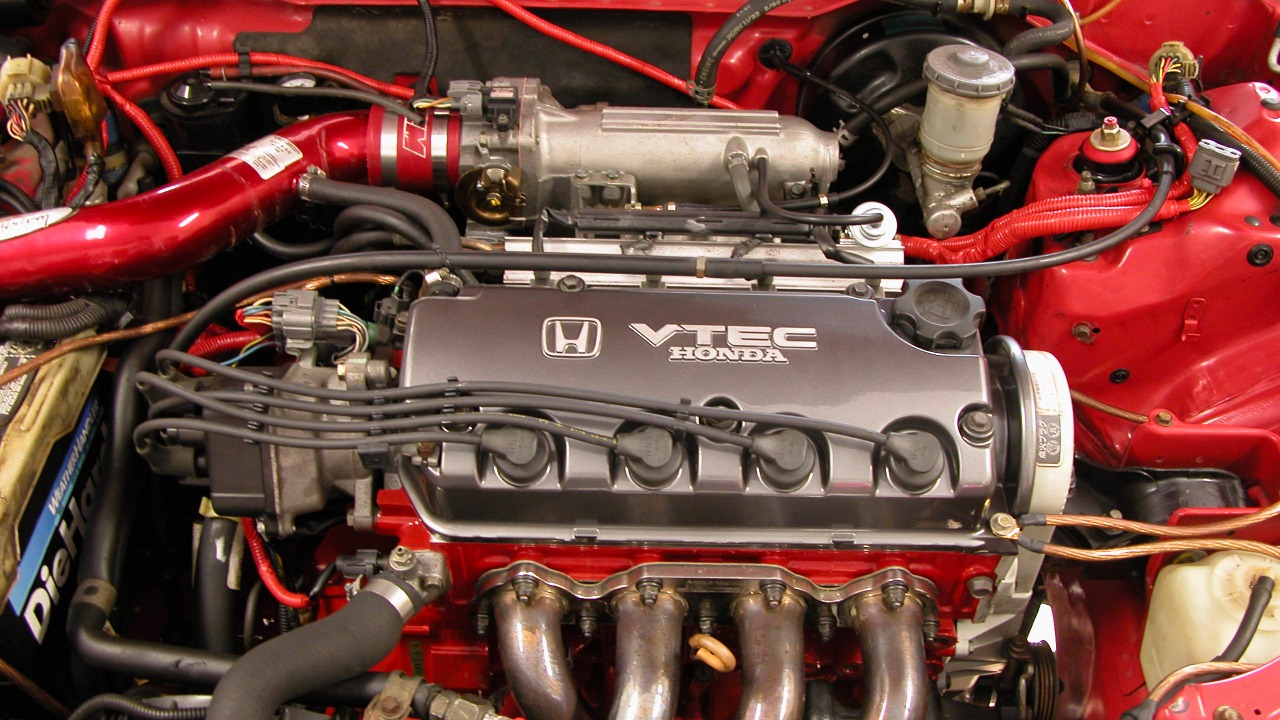
As a car enthusiast, you may have come across Honda’s VTEC system, renowned for its innovative design and reliability. It’s been spotlighted in Top Gear’s article “10 amazing engines you need to buy and the cars to buy them in”, particularly in models like the Civic Type R. This high-performance yet accessible technology begs the question: do owners need to follow any special maintenance protocols beyond routine care to keep a VTEC engine running optimally?
What Is a VTEC Engine?
The Variable Valve Timing and Lift Electronic Control (VTEC) is a proprietary system developed by Honda. It’s designed to switch between low- and high-RPM cam profiles, enhancing power and efficiency without adding complexity to the engine. This system integrates seamlessly into standard four-cylinder Honda engines, such as those found in the Integra and Accord, delivering responsive performance.
Since its debut in the Honda Integra in 1989, VTEC has evolved and maintained its appeal among car enthusiasts. Its innovative design and the performance it delivers have made it a standout feature in Honda’s engine lineup.
The Appeal of VTEC in Modern Cars
Top Gear’s recent article includes VTEC-powered vehicles as desirable options for buyers seeking thrilling yet practical drives. The 2022 Honda Civic Type R, for instance, boasts a VTEC engine that contributes to a 315-horsepower output while maintaining everyday usability.
VTEC remains a benchmark for variable valve tech, striking a balance between high-revving excitement and fuel economy in compact cars. This balance is what makes VTEC engines a popular choice among car enthusiasts and everyday drivers alike.
Standard Maintenance Basics for Any Engine
Like any engine, VTEC engines require routine maintenance to ensure optimal performance. This includes oil changes every 5,000–7,500 miles using manufacturer-recommended synthetic blends, air filter replacements and spark plug inspections at 30,000-mile intervals, and regular coolant flushes and belt checks.
These steps are universal and apply equally to performance-oriented engines. Regular maintenance not only prolongs the life of the engine but also ensures it continues to deliver the performance you expect.
Does VTEC Require Unique Oil or Fluid Specs?
VTEC engines use the same API-certified oils as non-VTEC Hondas. There’s no need for special additives, just a 0W-20 viscosity oil for optimal camshaft operation. When it comes to transmission fluid changes for manual or CVT pairings, stick to Honda’s ATF-DW1 without deviations.
While high-rev use may accelerate wear, standard intervals suffice if driving habits avoid prolonged idling. This means that even with the high-performance capabilities of a VTEC engine, you don’t need to worry about special maintenance requirements.
Common VTEC Components and Their Care
Key components of the VTEC system, such as the solenoid and cam gear, require regular visual inspections during tune-ups to catch oil pressure issues early. Timing belt or chain replacements are also necessary—every 100,000 miles for belts in older models—using OEM parts for reliability.
Valve adjustments are another part of VTEC maintenance. These are periodic but not more frequent than in comparable engines. Regular valve adjustments ensure the system’s seamless shifts between low- and high-RPM cam profiles.
Myths and Realities of VTEC Longevity
There’s a common misconception that VTEC engines require premium fuels or additives. However, regular unleaded gasoline works fine for daily operation. Owner reports suggest that well-maintained VTEC units often exceed 200,000 miles with no exotic interventions, debunking the myth of high maintenance costs.
Proactive monitoring via OBD-II scans for error codes related to the ECU is also recommended. This keeps maintenance straightforward and helps you catch potential issues early, ensuring the longevity and performance of your VTEC engine.
More from MorningOverview